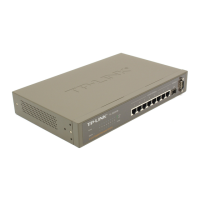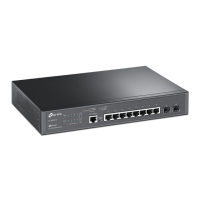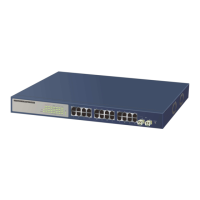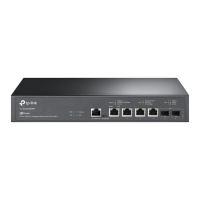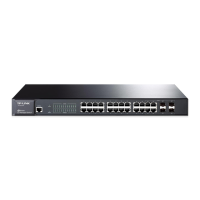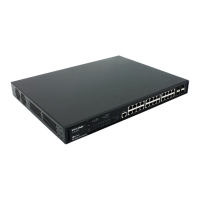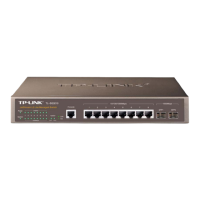How to recover lost password on TP-Link TL-SG3109?
- CCrystal ReynoldsAug 16, 2025
To regain access to your TP-Link Switch after a lost password, you can use the Password Recovery Procedure. Reboot the system and when prompted, press Enter to access the Startup Menu. From there, select option 4 within 15 seconds. This will allow you to reset the password to the default setting using the CLI mode.
